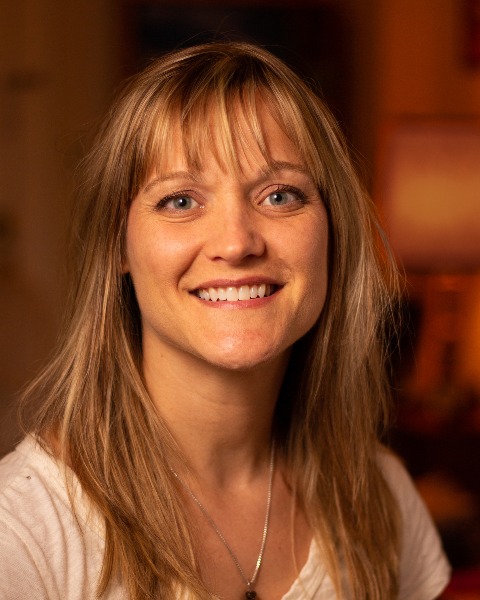Student 10-Minute Paper
Systematics, Evolution, and Biodiversity
Student Competition
Student
(2nd Place) Bee genome evolution: Uncovering variability of genomic dark matter
- HC
Hannah Cook
PhD Student
Washington State University
Pullman, Washington .jpg)
Silas Bossert (he/him/his)
Researcher
Washington State University
Pullman, Washington
Elizabeth Murray
Assistant Professor and Director of the MT James Entomological Museum
Washington State University
Colton, Washington
Presenting Author(s)
Co-Author(s)
The vast majority of eukaryotic genomes are made up of non-protein coding genes such as transposable elements, tandem repeats, and non-coding RNAs. While these genomic features were previously considered “junk DNA” or “dark matter”, we now recognize that they have significant roles in genome regulation and architecture. Repetitive elements (REs) comprise a significant portion of nearly all sequenced genomes and their mutable nature makes them effective drivers of evolutionary novelty. My talk investigates the role of REs in bee genome evolution using comparative techniques under a strong phylogenomic framework. Here we annotate over fifty genomes, representing the six major bee families, for repetitive DNA content. This provides insight into the wide variation of REs across bee families and within bee genera, both in abundance and diversity. Some bee genomes are dominated primarily by one superfamily of repeats while others exhibit a range of RE representation. Transposable elements (TEs) are a type of RE that is, or was previously, capable of moving within a host genome from one locus to another. The presented research reveals that many TE copies found in bee genomes remain actively transcribed, thereby presenting an important puzzle piece for understanding bee genomic diversity.

.png)

